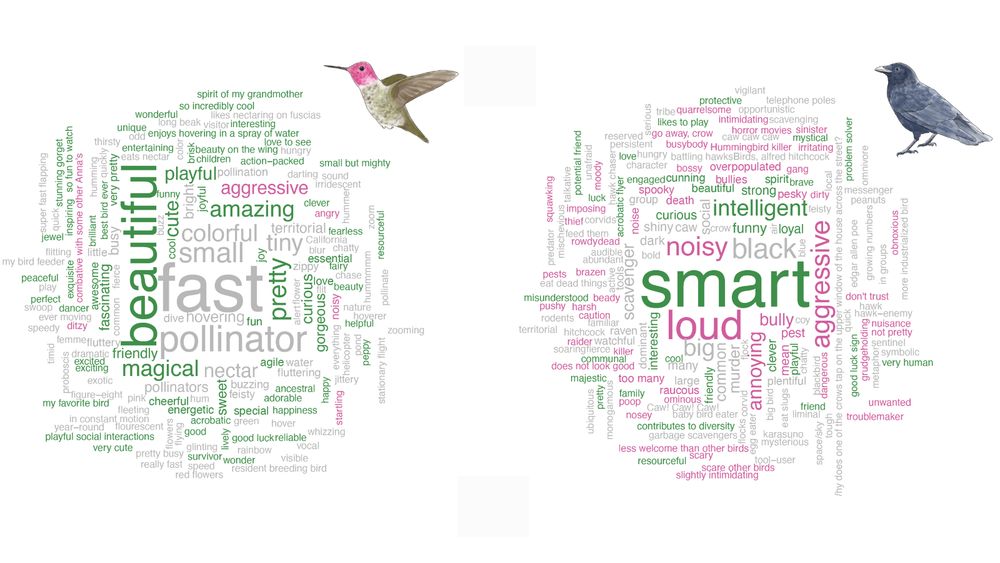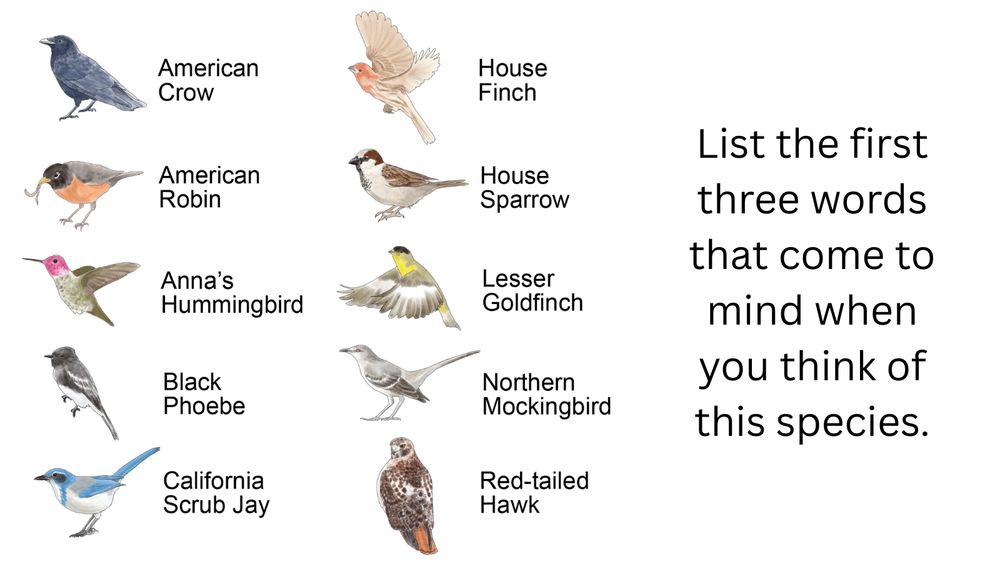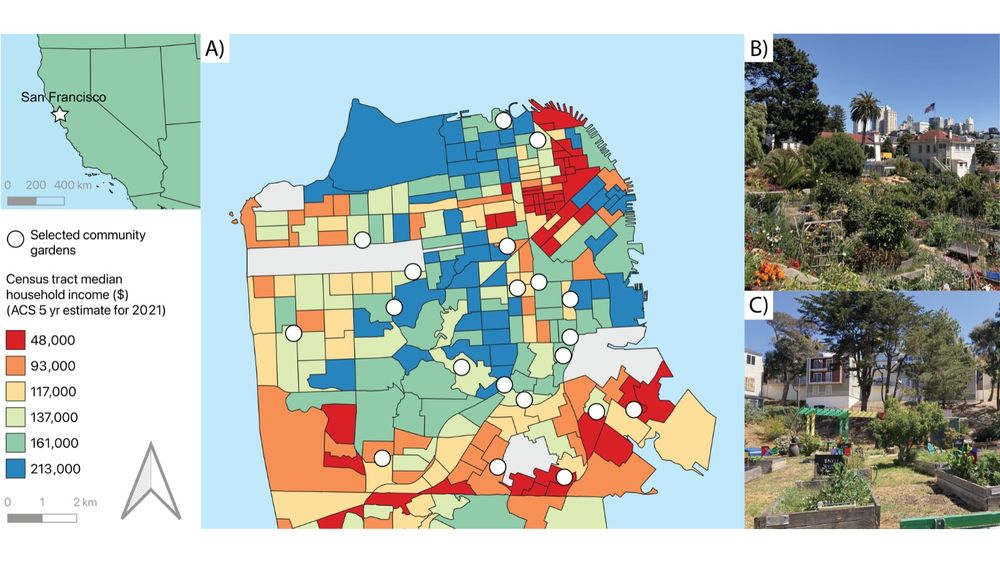Kelley Langhans (she/her)
@kelleylanghans.bsky.social
31 followers
63 following
23 posts
Conservation social science postdoc at Virginia Tech, former PhD in ecology at Stanford
Interdisciplinary conservation scientist studying human/wildlife relationships, birds, urban ecosystems, access to nature.
Posts
Media
Videos
Starter Packs













